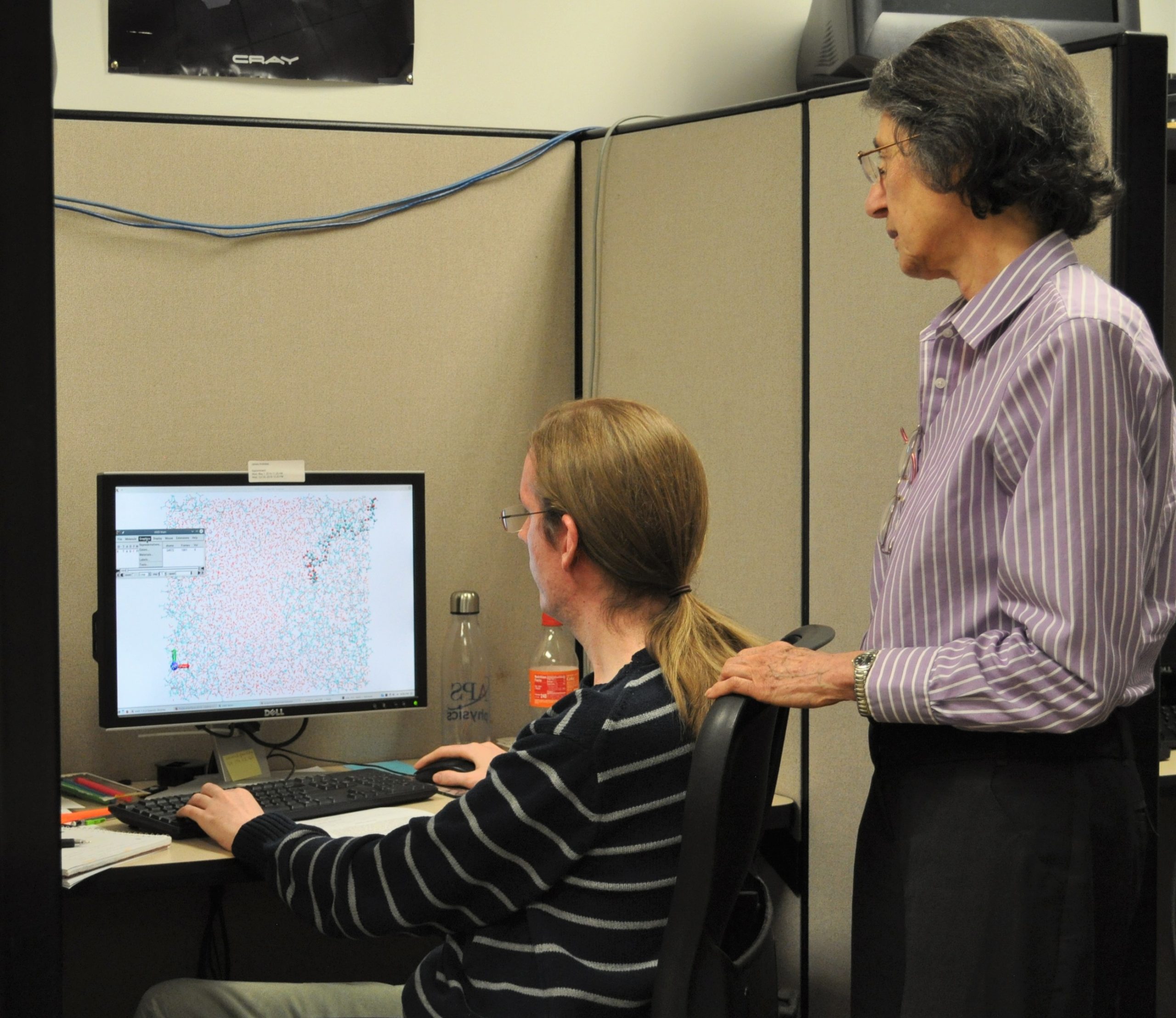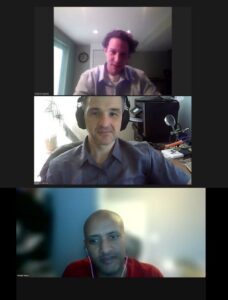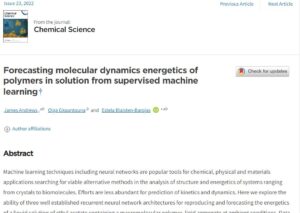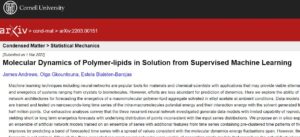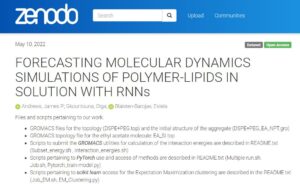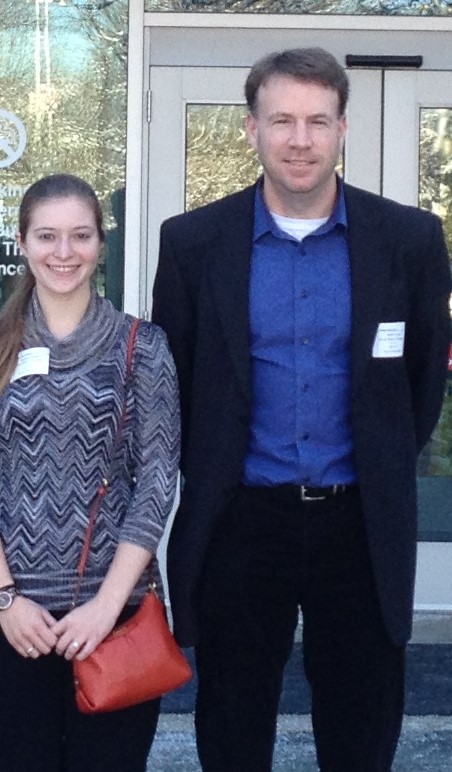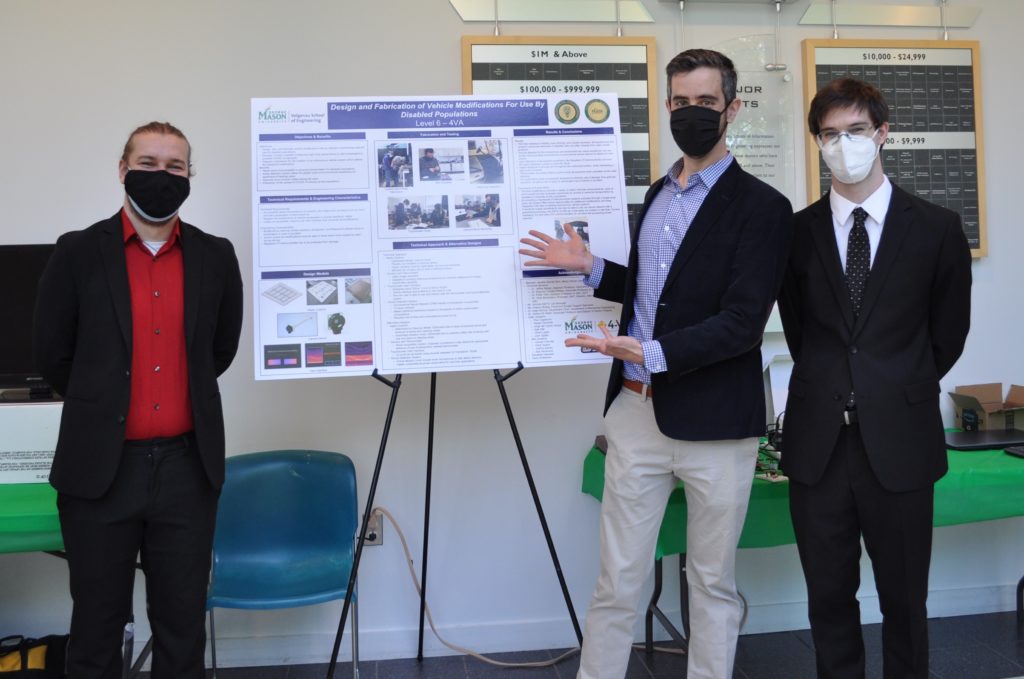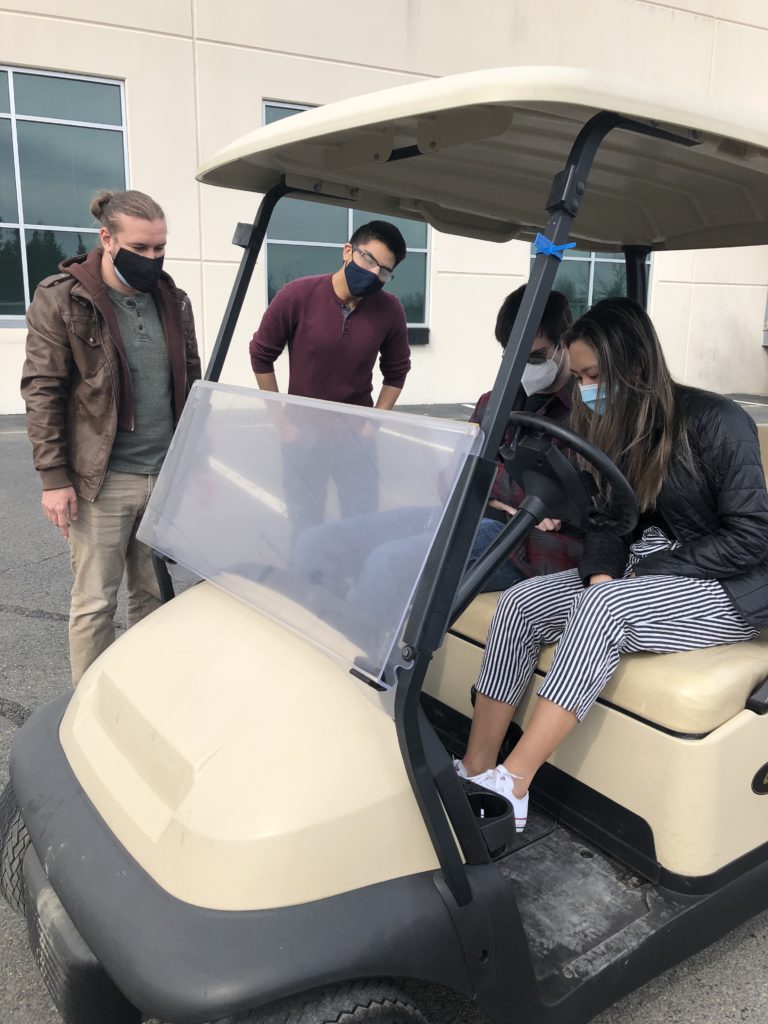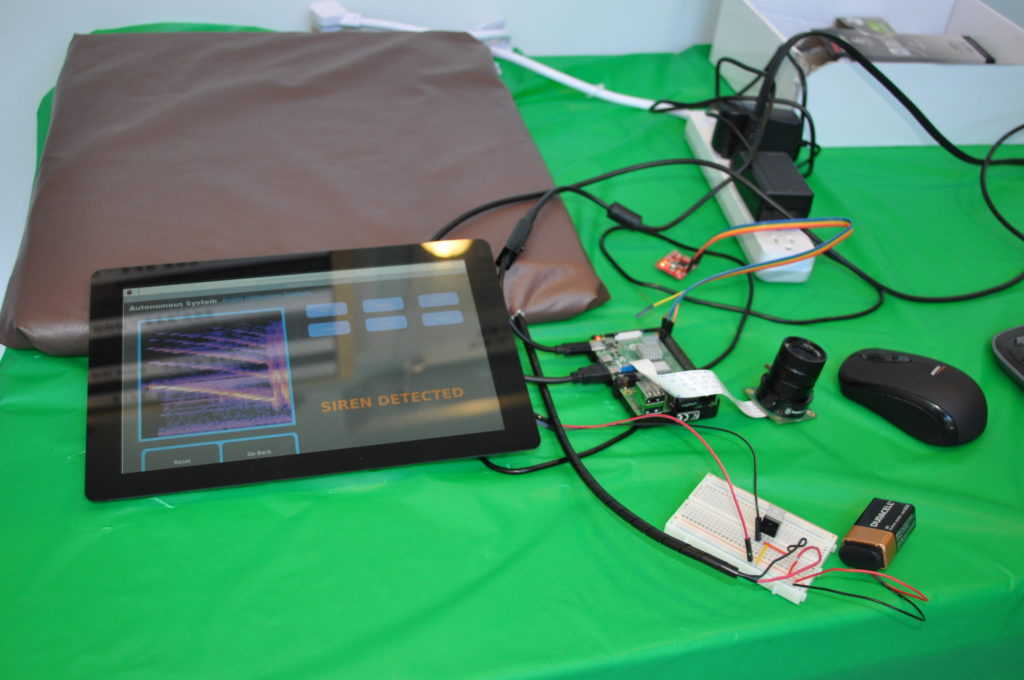For some students who begin their college career at Northern Virginia Community College (NOVA) — especially adult learners, first generation students and veterans — taking the leap to a four-year degree requires much more than negotiating transfer credits, selecting a class schedule, attending class, and doing homework. For these students, sometimes finding time in the day for education is itself a challenge. Life gets in the way. However, thanks to 4-VA@Mason and the Bachelor of Applied Science (BAS) program, there is a path for a smooth transition from that two-year experience to a four-year diploma.
BAS offers a unique curriculum which has grown from two specializations to eight concentrations with four in technology-rich fields. Many BAS concentrations can be completed entirely online, or via a hybrid format. Importantly, BAS ensures that all credits are transferred from NOVA to Mason.
Although the BAS program has experienced growth over the years, with its humble start of 1 student in 2012, the BAS program has ballooned to an expected 170 new students in Fall 2020. While enrollment rates have accelerated as the program has grown in size and strength, the COVID – 19 pandemic is thought to be the reason for the explosion of registrations in the Fall class.
“Because of our extensive online offerings, BAS has attracted a surge of students since in-person learning was discontinued in March,” explains BAS Academic Program Coordinator and Adjunct Professor Krystal Dains. “We recently held a virtual transfer orientation for our Fall transfers which was an absolute success.”
What’s more, Dains says, those students already in the BAS program experienced a seamless shift to the virtual learning world. “Overall, I would say that BAS students were perfectly positioned to adapt to the sudden changes in their education. Since many of our concentrations can be completed entirely online, the abrupt move to online classes in the Spring did not seem to have a huge impact on our students,” explains Dains. “Although some students have previously chosen in-person courses, all of them have had at least some experience with online learning, so it wasn’t totally new territory.”
Through 4-VA@Mason, the BAS program has changed exponentially, including removing various barriers — such as age restrictions — which allowed more students access to the opportunity. Additionally, the program has expanded the degree pathways, and is now offering degree completion programs in the following areas:
- Cloud Computing
- Cyber Security
- Technology & Innovation
- Managerial Leadership
- Legal Studies
- Health, Wellness, and Social Services
- Human Development and Family Sciences
- Applied Conflict Analysis and Resolution
Dains also notes that the Mason BAS program is built on flexibility. Even the approach to constructing the degree pathway is nimble. “The benefit of this model we’ve created is, it’s really quick. We get the correct people around the table. We decide the learning outcomes and which classes support them. We develop the curriculum and submit it to Undergraduate Council (UC). For BAS, once UC approves it, we are good to go,” says Dains. “We are perfectly positioned to put a new program in place quickly so we can be on the cutting edge.”
While Dains is enthusiastic about the future of BAS at Mason, she points to the already realized success of graduates who are flourishing in their careers (See “BAS Program Opens New Doors”).
“We have so much potential for future growth,” says Dains. “For me, it’s an exciting program to work with and a great opportunity to be a part of something new and growing — and growing fast. Our technology offerings are the right degrees at the right time.”
BAS Program Opens New Doors for Army Veteran
After seven years in the Army, including deployments to both Afghanistan and Iraq, Gavin Amy returned to Northern Virginia to begin the next chapter in his life. Studying his options, he decided to take advantage of his GI benefits and enroll at Northern Virginia Community College (NOVA).
His time at NOVA moved quickly thanks to several Russian language classes he had under his belt which were applied to his general studies courses. He then began classes specific to an Associate of Applied Science degree in Cybersecurity. Soon after, Amy learned about Mason’s Bachelor of Applied Science program which could help him see that next goal – a four-year degree. “When I looked at the cybersecurity option in the BAS program, it offered a more practical and focused group of classes that could lead me to a job,” he recalls.
At the BAS orientation at Mason, Amy met his future counselor, Krystal Dains. “Krystal answered all my questions that day” and, as Amy also credits, from that day forward. “She was my first exposure to the BAS program. The transition to BAS was seamless and painless. But probably what helped more than anything was Krystal.”
In 2019 Amy graduated from Mason with an Applied Science degree with a concentration in Cybersecurity. “In my second to last semester of undergraduate, I applied to the graduate program to get a Master of Science in Digital Forensics.” The graduate degree allowed Amy even more opportunities in the job market.
Reaching his goal has resulted in a successful outcome for Amy. He is beginning a new job in Incidence Response, which combines his academic experience in cybersecurity and forensics. “I’m happy with what my academic career has led me to.”

